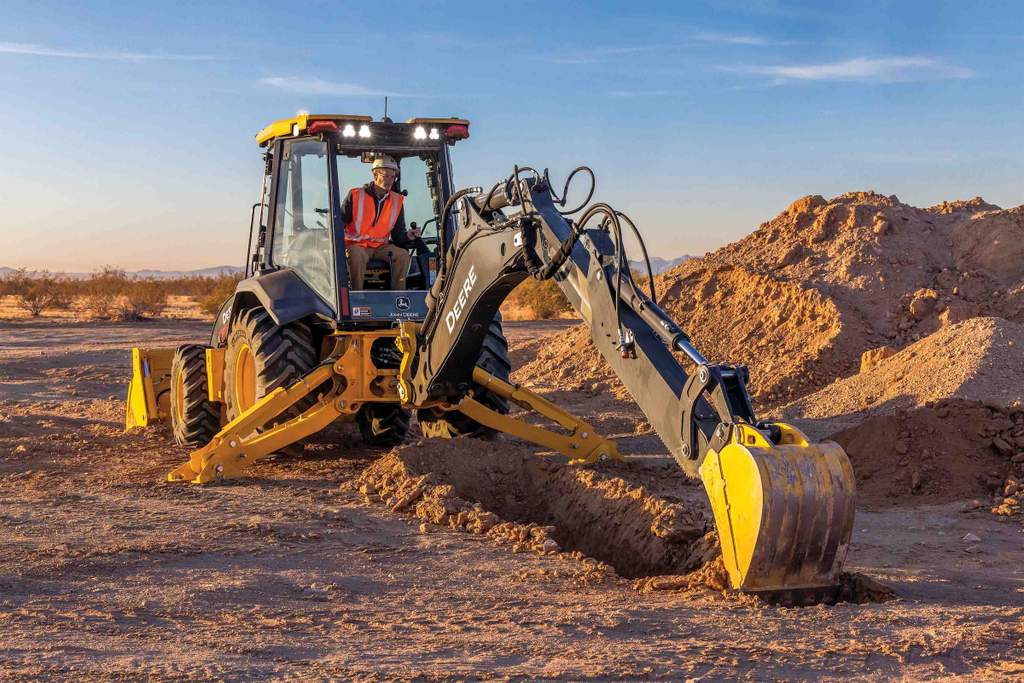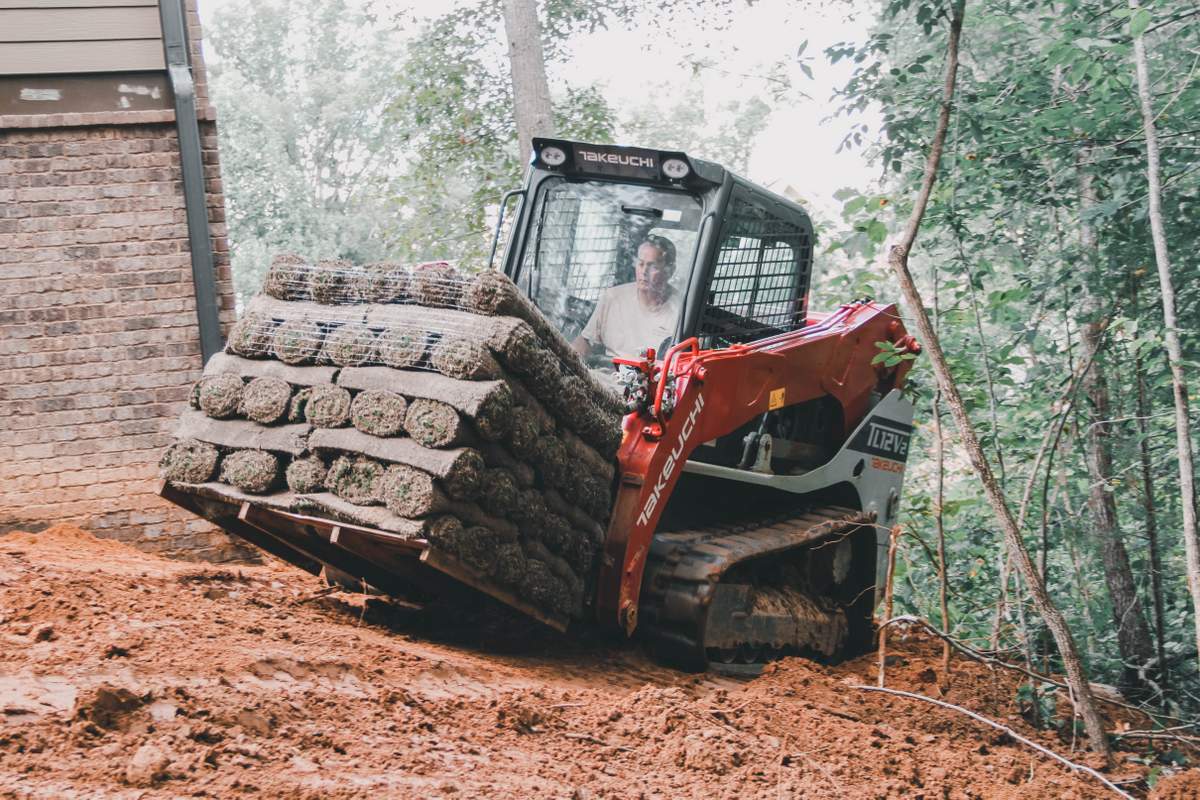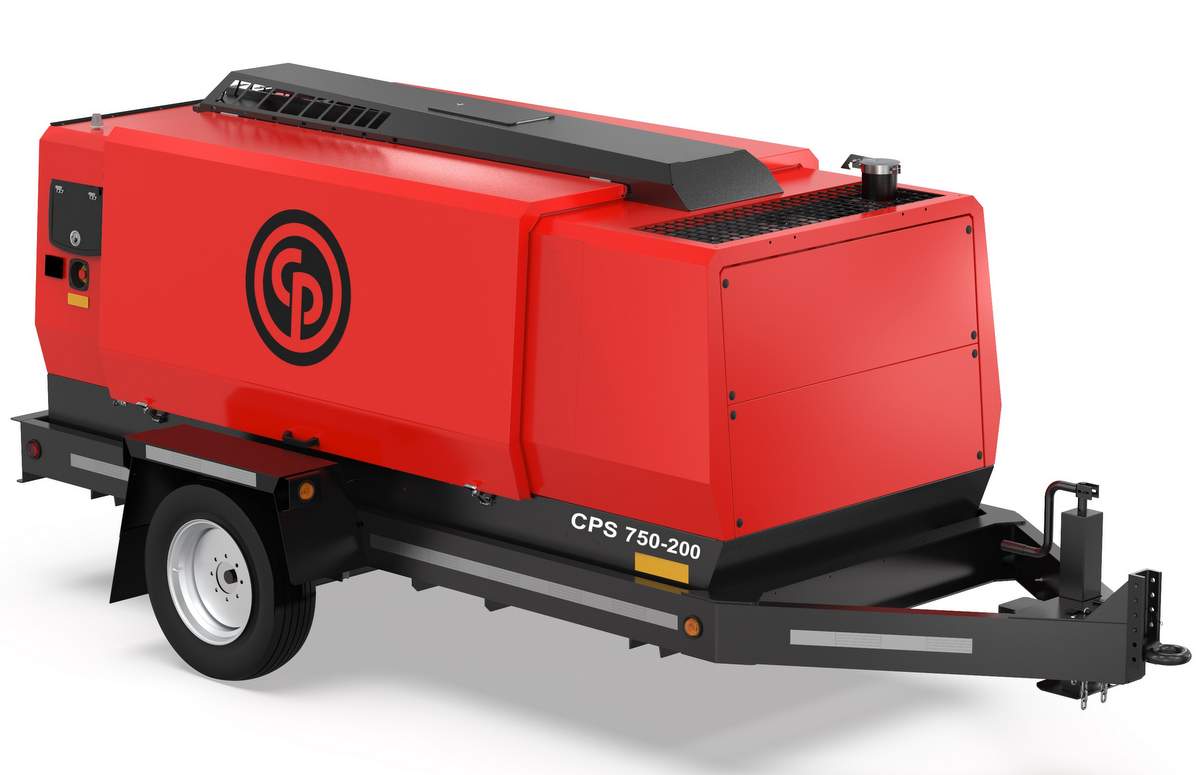To Catch a Thief
Shrouded in shadows, the thief slinks across the jobsite taking note of potential targets — anything that’s unsecured and isolated. His big score is going to come at your expense and when he strikes, it’s devastating. Feelings of violation and vulnerability aside, it’s also a blow to your bottom line. And if you think that theft can’t happen to you, you’re wrong.
“Construction equipment theft is essentially a theft of opportunity — it is a high reward, low risk form of theft,” says Bob DeAngelis, Senior Director, LoJack Corp.’s Commercial Div. “Thieves are often on the lookout for equipment that is unprotected or located in concealed or remote areas that are often vacated on the weekends and without police patrol.”
According to the National Equipment Register’s (NER) Operations Manager Ryan Shepherd, there are typically two types of thieves on a construction equipment site. The first type is one that already has a buyer’s list in hand and is actively searching jobsites for a specific make and model of a piece of equipment that someone has “pre-ordered.” The other type of thief doesn’t have a specific piece of equipment in mind. He or she is looking for machines that are unsecured, highly portable and easy to sell. These items are often attractive to the end-user market. This is generally referred to as a crime of ease or opportunity.
While it might be more comforting to think that jobsite theft is an isolated incident and the motivation of a rogue criminal, DPL America, manufacturer of Titan Equipment Monitoring System, Director of North American Sales Tony Nicoletti says that the majority of thefts are being performed by organized crime rings who case multiple jobs, giving them several options. If one jobsite or piece of equipment is “hardened” they simply go to plan B.
“Thieves want to get in quickly, access the machine undisturbed and get away quickly,” he says. “The harder it is to do this or the longer they will be at the scene of the crime, the less likely they are to target that job.”
There are two major components that thieves look for on a jobsite — easy access and lack of witnesses. With no fence, gate, security guards or dogs protecting your jobsite boarders, the crafty criminal can score his mark. And it’s all the easier if it’s a dark, rural jobsite that’s out of view from any lingering eyes that might witness a heist.
“Since many pieces of equipment do not have proper identification, thieves typically look for those that are most in demand, can be made their own and ultimately resold,” says DeAngelis. “The stolen equipment that LoJack recovered most often in 2008 included backhoe loaders, wheel loaders, track loaders, light utility and work trucks and trailers, generators, air compressors and welders.”
Renter’s Dilemma
It’s one thing when your business-owned machine gets jacked and a completely different story if it’s a rented machine. One thing remains the same — if you experience a theft, report it as soon as possible and make sure the reporting party is as familiar with the equipment as possible. Report complete details about the machine and include any unique identifiers to the machine, which could be something a simple as a dent in the front quarter panel or a unique paint scheme.
If possible, reach out to local trade organizations, as they may be able to help disseminate your information about the theft to other contractors in the local area. They may have seen or heard something that can be used to help develop additional leads.
If it’s a rented machine, you obviously want to alert your renter, who may have tracking software installed on the machine or at least be able to provide the authorities with more info such as the serial number. And while it isn’t your machine, chances are that you are still liable for it when it’s in your possession.
“A contractor is often asked at the time of the initial rental if he or she would like to use their company insurance or if he/she would like to buy the in-house policy,” says Shepherd. “If a machine is stolen during a rental, liability is dependent upon whether or not the contractor waived the insurance option during the initial transaction.”
Typically, the contractor’s insurance covers rental, so it would be his or her responsibility to replace the stolen machine, says Nicoletti. To what extent a contractor has to pay is dependent upon the insurance policy. He or she might have a policy that will pay out on replacement cost (the dollar amount needed to replace damaged property without deducting for depreciation but limited by a maximum dollar amount) or one that is for actual cash value (the cost of replacing damaged or destroyed property with comparable new property, minus depreciation and obsolescence). Some progressive insurance companies provide anywhere from 25 to 50 percent premium deductions and a theft deductible waiver for users of certain GPS tracking technologies.
“We do have several savvy rental companies with our Titan system in place that offers a theft waiver for an additional fee which absolves the contractor of responsibility in the case of theft. The rental house also recoups their Titan investment this way and eventually becomes a profit center for them,” Nicoletti explains.
Unbeknownst to most renters, some companies install tracking devices or GPS equipment on the machines they rent. Specially designed locking devices are another good option. Each one is equipped with a combination lock for which the code can be changed after each rental. Keyless touch pad systems are also common on rental machines as they also provide the ability to change the code upon completion of each rental. Sometimes a master disconnect switch is installed that allows the customer to disable the asset manually at night.
Equipment Line of Defense
Regardless of who owns the equipment, when it’s on your jobsite, you want to keep it there and keep it working. The first line of defense is also the simplest — fence in your equipment. Sure, that can mean a standard chain link fence, but clever contractors will recognize the fence as an obstacle and simply make one out of machines. That’s right, you can make a sturdy barrier of metal by parking your equipment close together and in a circle if possible, keeping the smaller pieces of equipment in the center and chaining it to the larger equipment.
“Position machines near the front of the jobsite, next to a busy road and near lights if possible,” recommends Shepherd. “Make the equipment as visible as you can and inform your local police agency of typical jobsite hours so if they observe activity after hours they will know to investigate.”
The idea behind fences and obstacles is immobilization, and you can also do that at the machine’s core by using devices such as wheel locks, fuel shut-offs, ignition locks and battery-disconnect switches. Unfortunately, seasoned criminal vets can work around these precautions.
That’s why you need a second line of defense — a combination of thorough machine records and a tracking system. You should label all equipment with unique identifying numbers, including vehicle identification numbers (VINS) and owner applied numbers (OAN). It’s also a good idea to mark a machine in several different locations. Your inventory records should be spot on.
Record manufacturer, model number, year, VIN and purchase date for each piece of equipment. You can take this concept one step further by registering the machine on the National Equipment Register database and adding an NER decal to deter thieves. Many of the largest insurers offer incentives for this registration process. A list of participating insurers is on the NER Web site. Also, record serial numbers of each major component part.
The latest development in crime-fighting technology is equipment-tracking hardware and software. Based either in cell phone signal or GPS technology, these systems offer an additional layer of protection when compared to your typical telematics system. By installing a tracking system — like DPL America’s Titan Equipment Monitoring System — you can easily locate your equipment and set alerts for if your equipment leaves pre-determined parameters, among other features.
In the case of the Titan, it is covertly installed, completely concealed — not placed on the exterior of the machine — and features an anti-tamper feature that disables the machine from running if the system is found by a potential thief. As if that weren’t enough peace of mind, Titan also offers several silent theft alarms, which notify the owner immediately via phone if tripped. Alarms are triggered if someone tries to start the machine or move it during the curfew, after work hours or on the weekend.
“In addition to covert tracking features, fleet management and tracking systems can help with scheduled repairs and maintenance through an ability to remotely track on-board metrics and machine location,” says Shepherd. “In some instances, a company would have the ability to remotely shut down the engine. This is helpful when a renter neglects to return a piece of equipment within the rental time frame. The feature will disable the machine until the rental agreement is renewed or a request is placed for the machine to be returned.”
Law enforcement integration is the focus of LoJack’s Stolen Vehicle Recovery System. If a piece of equipment installed with LoJack is stolen, the owner files a stolen vehicle report with the police to automatically begin the activation process. A silent radio signal is sent directly to the equipment to activate the hidden LoJack transponder. The silent radio frequency signal is picked up by LoJack police tracking computers, enabling them to pinpoint the location and recover the equipment.
Protectors of the Cause
As a contractor protecting his or her equipment, your employees can be your greatest allies or your worst enemies. Breeding a jobsite security mindset in your employees is vital to your success and security. If a disgruntled employee is trying to get back at his employer, you may notice some missing equipment. Whether he or she committed the theft or merely provided information to those who did is a moot point once your equipment is gone. Posting signs and including jobsite security in your jobsite safety briefings keeps it in the forefront of employees’ minds.
And renters need to remember that theft is still theft even if the machine is returned.
“There is an art to calling something off-rent on Friday afternoon, knowing it will not be picked up until Monday, and then using it for the duration of the weekend,” Nicoletti explains. “We have a number of rental customers who bill off our Titan hour meter data. Some hour meters can be disconnected on the machine by less scrupulous renters trying to get off meter usage, the Titan will capture that as well.”
Additionally, being able to locate assets for pickup and delivery and service is a huge benefit, as often the rental customer doesn’t know exactly where it was left. Tracking upcoming service lets the rental firm know which assets are coming due and where, so they can schedule their technicians better or notify the customer.
As technology sets today’s pace, having the latest, up-to-the-minute info is power. The more you know of your company’s daily operations, the less likely there will be a security breach. You can stay ahead of crooks cracking yesterday’s technology by investing in today’s.
Jason Morgan is Associate Editor of Utility Contractor.





Comments are closed here.